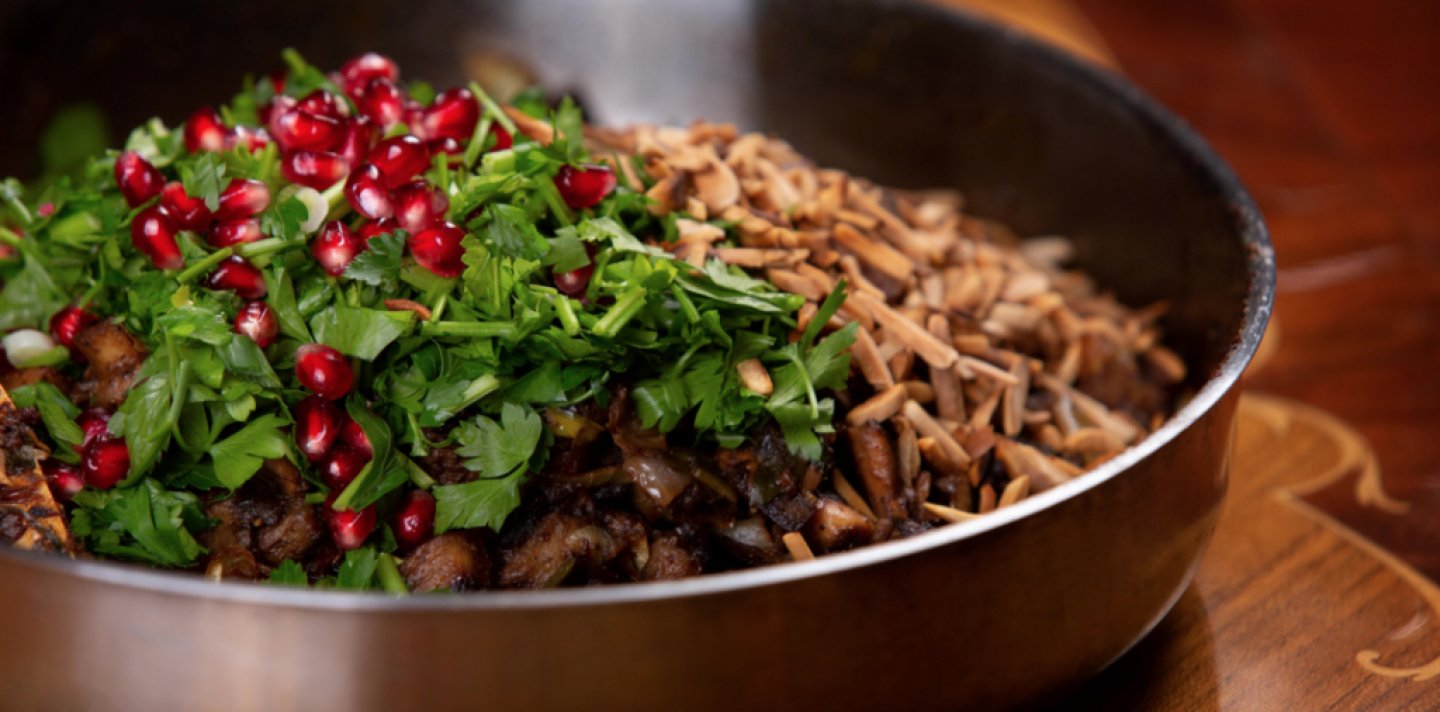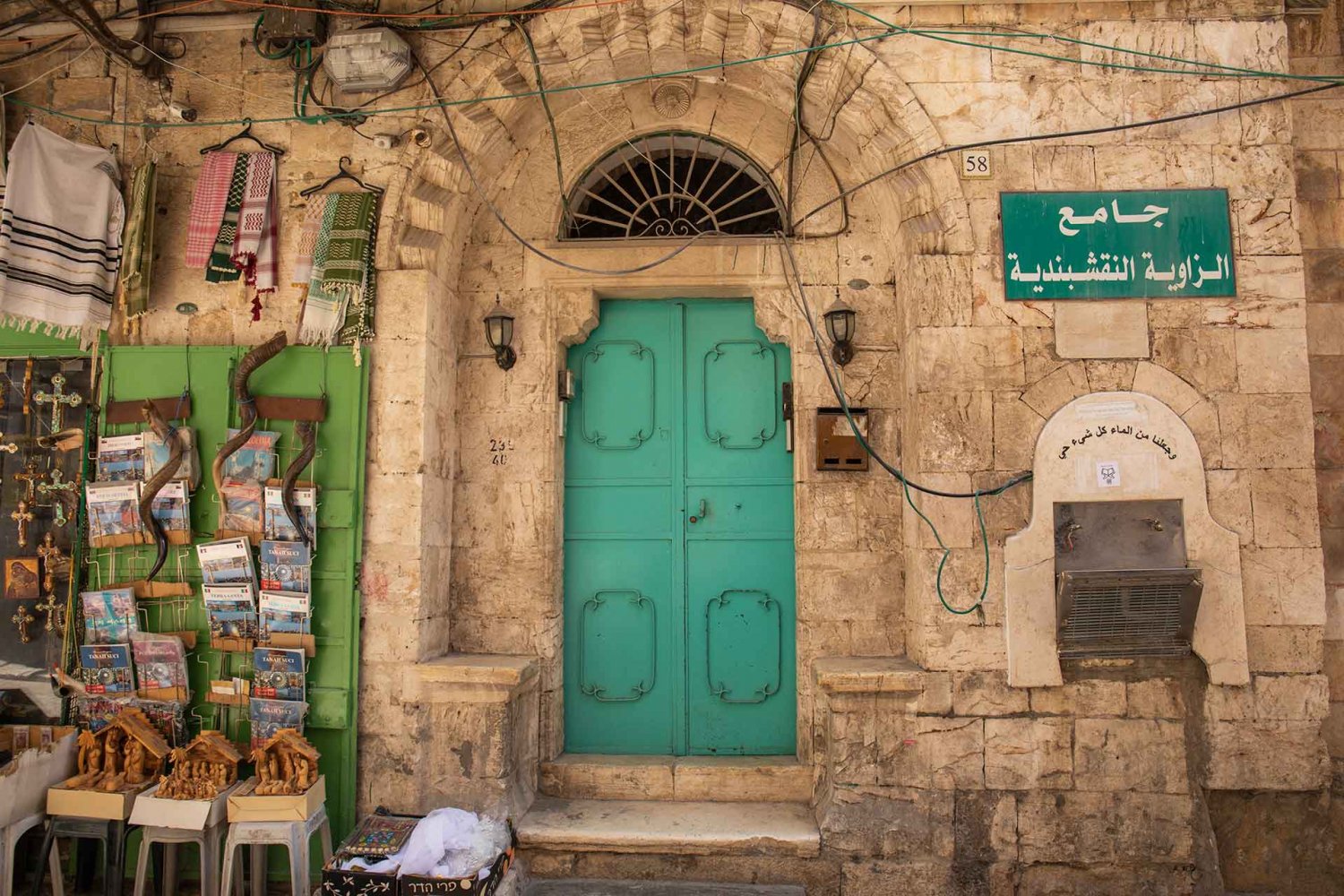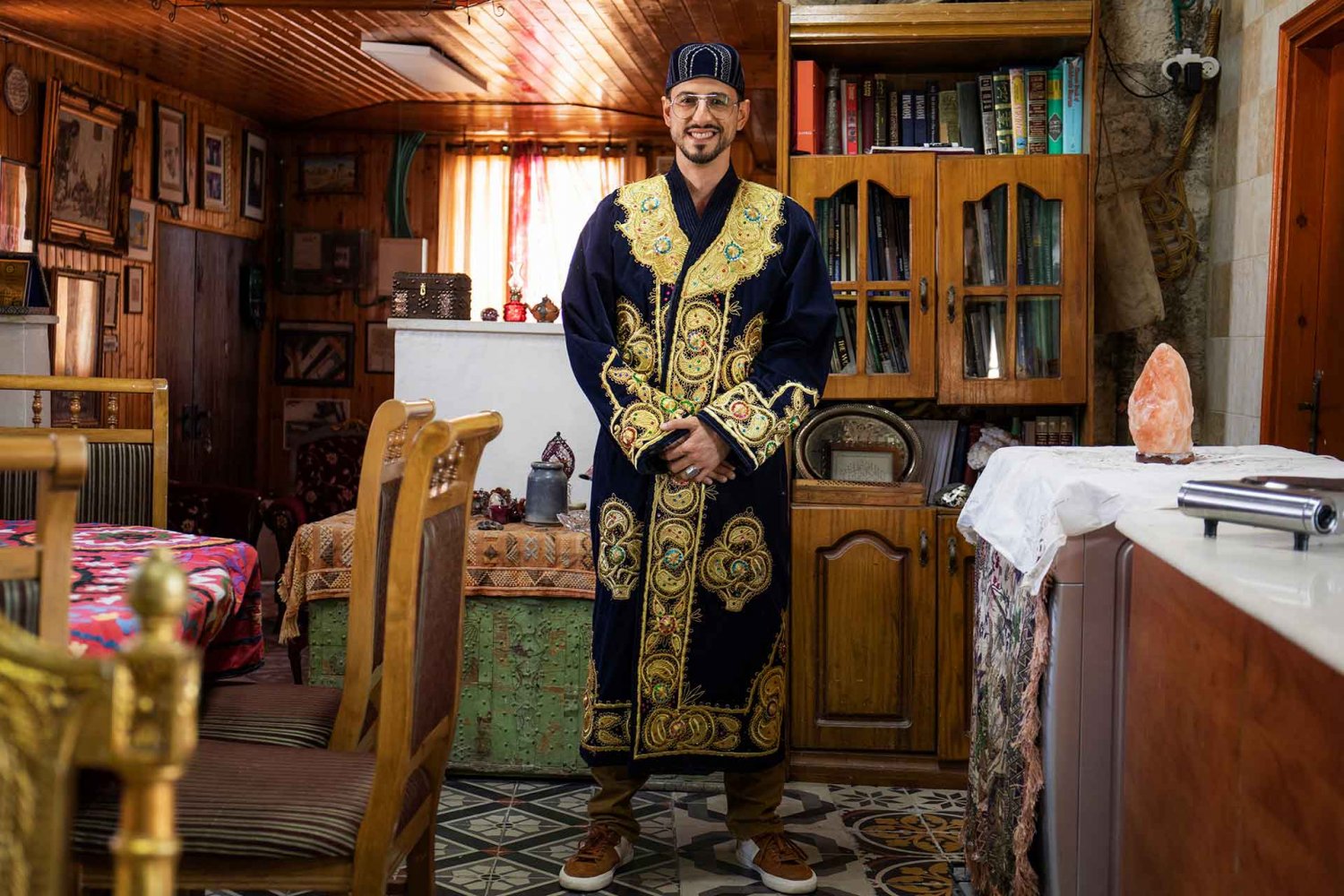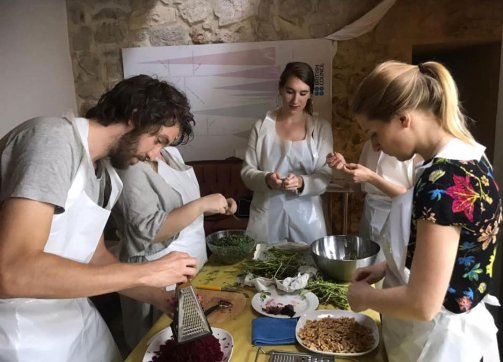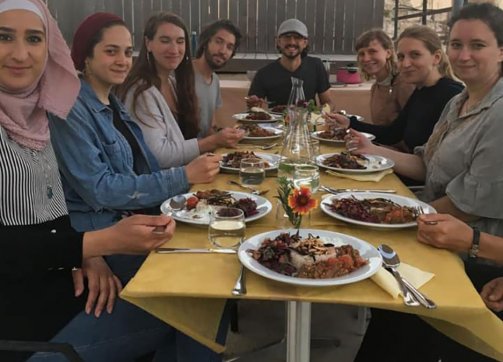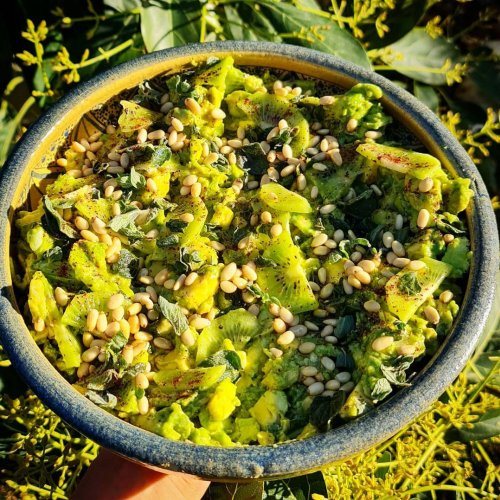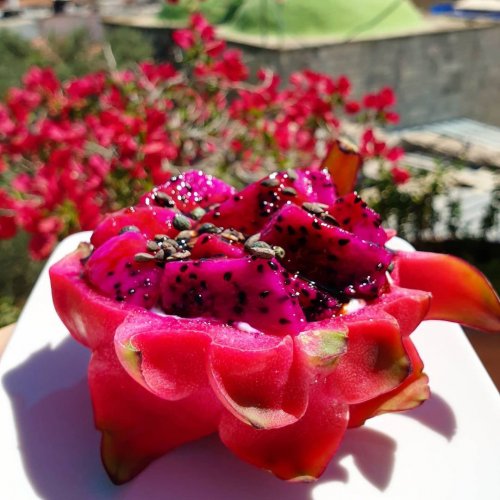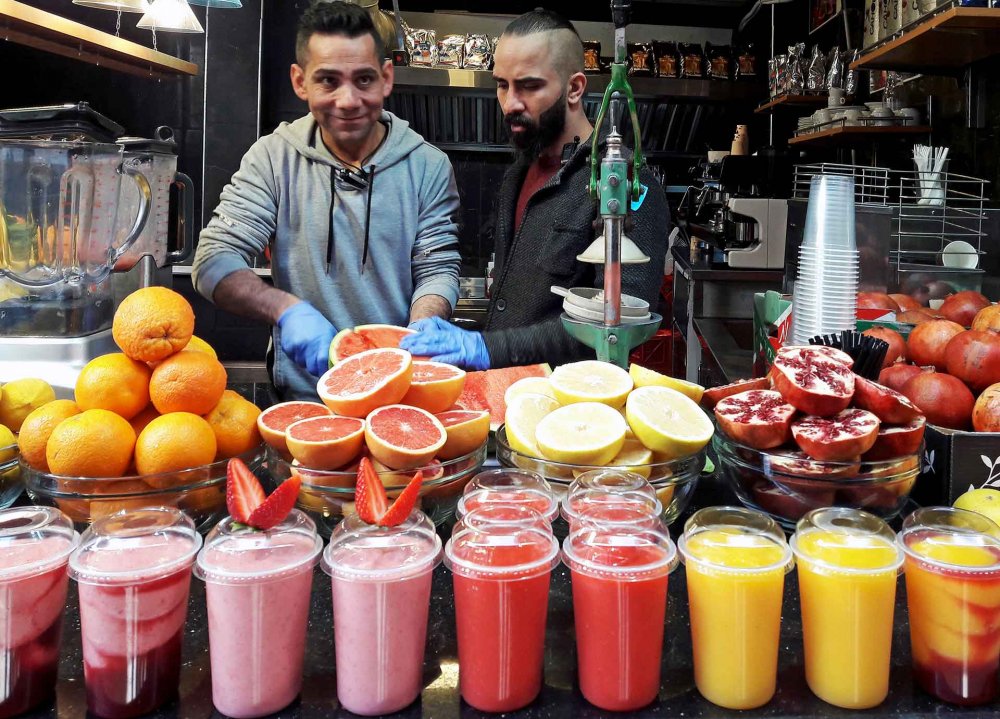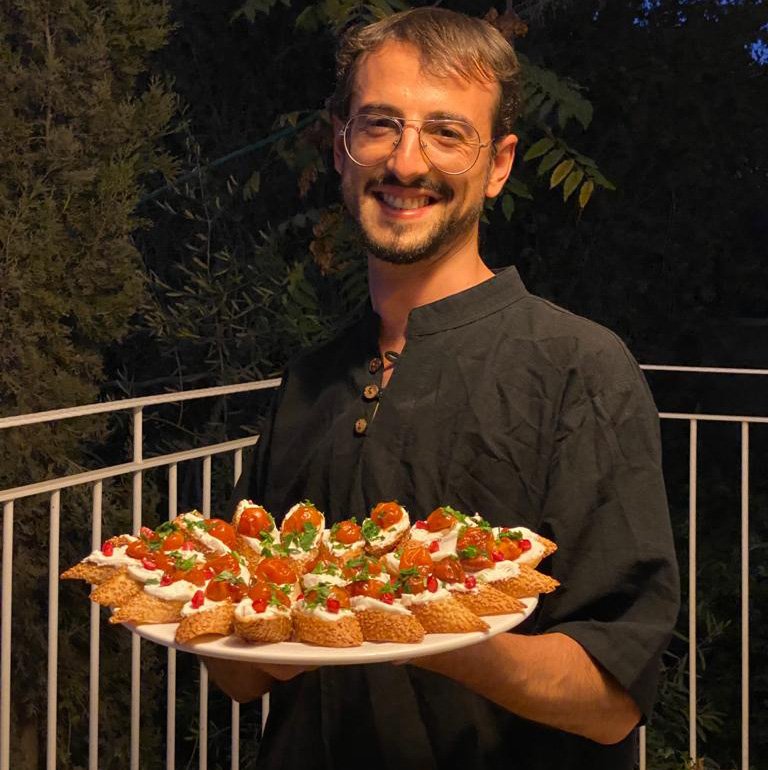“When in Jerusalem, there is no need to go out to see the world, because the entire world comes to see you.” Born in Jerusalem, Izzeldin Bukhari had realized this even as a child. Now 37 and with many foreign travels behind him, he still finds that Jerusalem is the most international city he has ever seen. He lives in one of the very few remaining Sufi corners in Jerusalem.
The Naqshbandi Corner (Zawiyat al-Naqshbandiyya)
In the year 1616, Izzeldin’s ancestors walked all the way from Bukhara, Uzbekistan, to Jerusalem. The family’s lineage traces back to one of the greatest scholars of hadith, Imam Muhammad Ismail al-Bukhari. Their purpose was to start a Naqshbandi zawiya—a Sufi center for pilgrims to the Holy Land. The Naqshbandiyya is a major Sunni order of Sufism that originated in Turkestan, tracing its lineage to the Prophet Muhammad, and eventually spread to India, Syria, Egypt, China, and elsewhere. The zawiya (a religious school or center) would provide lodging and meals to guests during their meditation and would also offer them the opportunity to connect with other pilgrims from Uzbekistan. The zawiya received close to 500 guests a month.1
At some point, Izzeldin notes, there were at least 70 Sufi zawiyas in Jerusalem. “There are only about two and a half of them remaining today,” he notes wryly, namely the Afghani (which is functioning to this day) and the Indian corners. “As for the third one, which hardly counts,” Izzeldin shares, “it is this one: Zawiyat al-Naqshbandiyya.”
The Naqshbandi center, which is a wide room next to Izzeldin’s family home, is located close to the third station of the cross, directly on the Via Dolorosa (the path Jesus is believed to have taken on the way to crucifixion) in the Old City of Jerusalem. Inside the center, various family heirlooms, clothes, special antiques, and handwritten Islamic manuscripts (mostly from Uzbekistan) are on display.
“We have photos, notes, and written documents that show how my family had once created an empire of Sufism here,” Izzeldin notes. Sheikh Yacoub, his father’s grandfather, had reached a very high position among religious and political leaders, including Jerusalem’s Grand Mufti Haj Amin al-Husseini (in office from 1921 to 1948). Apparently, Sheikh Yacoub Bukhari sometimes “performed as the body double for Haj Amin”:
Knowing the British were watching his every move, Husseini would arrive at the Bukhari home surrounded by his guards, and then slip out the women’s entrance to a secret political rendezvous, while Sheikh Yacoub exited through the main door surrounded by Husseini’s entourage.2
In the past 100 years, however, many things changed, and almost everything they had was lost due to the politics of al-awqaf (see waqf).
Sufism has been considered a more mystical approach of worship in Islam, as it focuses mainly on the inward dimensions of meditation in the form of practice and recitation, dhikr. Since the 18th century, the Wahhabi sect, which is more doctrine-based and traditionalist, came to dominate the Muslim world and thus undermined Sufism. As a result, most of the Sufi centers stopped functioning.
Curious Childhood
Growing up in Jerusalem with three sisters, Izzeldin was immersed in Sufi culture; his father, Sheikh Abdul Aziz, used to host people from all walks of life who made their way to the Naqshabandi zawiya. He provided information to them and fed them as well. His most famous dish came from Sufi heritage, the Bukhari pilaf (with rice and carrots), which he served every Thursday after meditation (dhikr).
Sheikh Abdul Aziz (who passed away in 2010) had lived much of his earlier life in the US. During the time he lived there, he underwent a serious heart operation. After he recovered, he decided to return to Jerusalem with a spiritual mission of serving through collective work. He became known for bringing people from different walks of life together, including Jewish and Palestinian guests. Although such gatherings were subject to much criticism, he persisted in hosting interfaith gatherings. His widow, Hala (Izzeldin’s mother) has continued her late husband’s mission and received a certificate naming her as “Ambassador for Peace of the Holy Land” from the Women’s Federation for World Peace.3
“The house was always full of guests from all around the world,” Izzeldin recalls. “You could say I have been a tour guide since I was nine years old.” Growing up, he was exposed to a steady stream of visitors, who were largely spiritual and religious people who sought out the divine source during their pilgrimage in Jerusalem.
As a child, Izzeldin went to al-Aqsa al-Shar‘iyya elementary school, but he was not interested in pursuing his education. “I had too many questions,” he admits, and notes that this was considered problematic for a schooling system that he found to be too restrictive, if not primitive. The child who didn’t like school was in fact a passionate seeker of knowledge.
Fascination with Sufism . . . and Cooking
In his early 20s, Izzeldin took off to the US where some of his family members (including a stepbrother and a stepsister) were living and considered moving there for good. He lived there for seven years. He had not anticipated that living abroad would make him fascinated with his own roots, his family, upbringing, spiritual background, and food.
He traveled to different parts of the US, and wherever he went, he found that people were curious about Sufism. Once they found out about his background, they would pepper him with questions. This piqued his own interest in two historic figures that he admires to this day, namely, the poet Jalal al-Din Rumi and the polymath Imam al-Ghazali. Both individuals had attempted to disconnect from their heritage at some point in time, and in doing so, they managed to find their calling. Izzeldin takes inspiration from these two figures, as well as from his late father who taught him, through example, about the importance of being courageous and charting one’s own path. “Do not be afraid to try, even if you make mistakes,” his father advised him. “The experience is worth so much more.”
In Sufism, Izzeldin explains, “the highest form of spirituality is to follow your path, without fearing the circumstances, and regardless of whether that path is religious.” This could entail different routes, such as reciting, meditation, whirling, reading, or listening.
But for Izzeldin, his path led him to cooking. As he got more immersed in understanding Sufism, Izzeldin also became curious to explore the kitchen. Essentially, he missed the food back home and found himself longing to recreate the hummus and falafel of Jerusalem. In this way, he slowly discovered his love of cooking.
“The spark began as soon as I started to cook,” he shares, which he found to be therapeutic and humbling. The act of service steadied him and calmed his mind, offering a form of meditation. Food helped him stay grounded as well as to connect with people and with his Palestinian roots through the act of sharing food. It opened up the horizon for serving others.
In 2015, he came back to Jerusalem. A few years later, he would launch Sacred Cuisine.
Sacred Cuisine
“In Sufism,” the Sacred Cuisine website informs, “feeding others is considered to be the highest form of worship. The idea being that the health of the mind and body are intertwined. Food is understood to be a divine gift and sharing it is an act of love.”
Izzeldin founded Sacred Cuisine in 2017 by offering pop-up kitchens around the country. According to the website, he decided to “take Palestinian food, which is traditionally mostly plant-based, back to its roots of simplicity, versatility, and inclusiveness . . . The aim is a rediscovery of Palestinian heritage through food that bridges the past and the present.”
The kitchens could also take the form of cooking lessons in homes and offices, a collective effort culminating in an unforgettable meal.
Sacred Cuisine also offers food tours in various Palestinian cities, the most famous of which are the Old City of Jerusalem tours. In his food tours, visitors of Jerusalem get acquainted with little-known spots that offer exquisite flavors. Walking through the passageways, Izzeldin shares with travelers the different varieties of hummus they can get in the Old City of Jerusalem, such as fatteh (a mix of chickpeas with toasted bread, yogurt, and fresh herbs that makes for a hearty breakfast, especially during wintertime). He might explore the various ways that grain is used in Palestinian cuisine, introducing participants to grains such as freekeh, bulghur, maftoul, and jarisha.
Other tastings shared in the Jerusalem tour are fresh pomegranate juice and za‘atar (thyme/hyssop). The latter, as Izzeldin describes, also has different origins and flavors, as it can be made with different condiments. Also included in the Sacred Cuisine tours is the spot that offers various types of halaweh/halva, a sweet food made of crushed sesame seeds and honey that is similar to sesame nut protein bars.
The Sacred Cuisine tours are eye-opening for foreigners, but local Jerusalemites, too, have much to learn from them. While writing this piece for Jerusalem Story, I met Muna, 38, from East Jerusalem, who shared with the team that Izzeldin’s projects introduced her to a tahina-making place in the Old City of Jerusalem. “I had not realized that we in Jerusalem have a tahina factory! I thought these were only in Nablus. It’s wonderful to find out about these products that are right at our fingertips!”
Although Izzeldin has established himself as a qualified self-taught chef with deep knowledge about local dishes, he is still constantly decoding and learning about the elements that are present in the Palestinian cuisine. He is especially intrigued with the Palestinian cuisine of the Old City of Jerusalem, which he finds to be both fascinating and underestimated.
Showcasing Jerusalem’s Remarkable Diversity
In reflecting on Sacred Cuisine’s accomplishments thus far, Izzeldin shares that he was slow to appreciate all that Jerusalem has to offer. “My presence in Jerusalem is an energy field,” he asserts. He speaks about the magnetism of the city and the ways in which it has become his compass, his guide in life.
When one is unable to express emotions through words, food becomes a medium, Izzeldin believes. Chefs are celebrated in Sufism and come second in importance behind sheikhs (teachers).
The tours that Izzeldin offers today showcase the diversity of Jerusalem, as he sees it. In his opinion, Jerusalem is an international city—not only because of the diversity of the people who visit it, but also because of its own assortment of ethnicities and characters. He rejects, for example, “the statement that the Old City has four quarters.” As he sees it, there is so much more to it than that: “There’s the Uzbek, the African, Ethiopian, Turkish, Afghani, Indian, Moroccan, and more. This is a dynamic place. The Old City is so misrepresented, and those who come here are not able to see the beauty of the Old City.”
Izzeldin sees diversity in Jerusalem, in religion as well as in food, which for him is a sacred expression of service. “There cannot possibly be just one way, one religion, one truth, or one way to prepare a certain meal,” he asserts.
Through Sacred Cuisine, those who are curious about the intricate details of Jerusalem get the chance to visit different restaurants and get insight about the city’s street food. More than 100 people have already walked the streets of the Old City of Jerusalem with Izzeldin over a full-day program, and a few of them joined as he prepared different dishes for them.
“About 90 percent of the people who come here eat hummus,” he notes of the tourists who visit Jerusalem. “In my food tour, I show them the different layers and ways that chickpeas are cooked, and the different menus offered to the senses.”
Sacred Cuisine focuses on vegetarian/vegan dishes. The website mentions that the intention is to revive Palestinian somi (Siami) food (meatless and plant-based dishes eaten during Lent). Izzeldin does his best to minimize the use of meat and tries to be as ecologically friendly as possible. He is conscious of the ingredients he uses and avoids any that are derived from cruel animal practices. Such an endeavor requires creativity, he shares, and he often comes up with innovative ways to prepare food for nonmeat-eating guests. Palestinian cuisine, he adds, largely has vegetarian/vegan origins.
Following the Path
Izzeldin is not fond of the term “chef,” which he sees as a restrictive label. Essentially, he finds that the path he took outside of Jerusalem, as well as the path he’s currently on at Sacred Cuisine, are all part of his life path: a continuing path rather than a destination. His own example personifies the essence of Sufism, in that it is about evolving his spiritual being.
Although he is often described as a “chef,” Izzeldin dislikes restrictive labels. Simply put, he finds that “Sacred Cuisine” as a project and cooking as a passion are tools for him in the path that he is taking. “These are tools to take me there—but I’m not ‘there’ yet—I am just beginning.”
Notes
Charmaine Seitz, “The Distracted Sufi: The Naqshabandi Tariqa in Jerusalem,” Jerusalem Quarterly (January 2004): 56–61.
Seitz, “The Distracted Sufi,” 60.
Andrew Mayes, Gateways to the Divine: Transformative Pathways of Prayer from the Holy City of Jerusalem (Oregon: Cascade, 2020).

